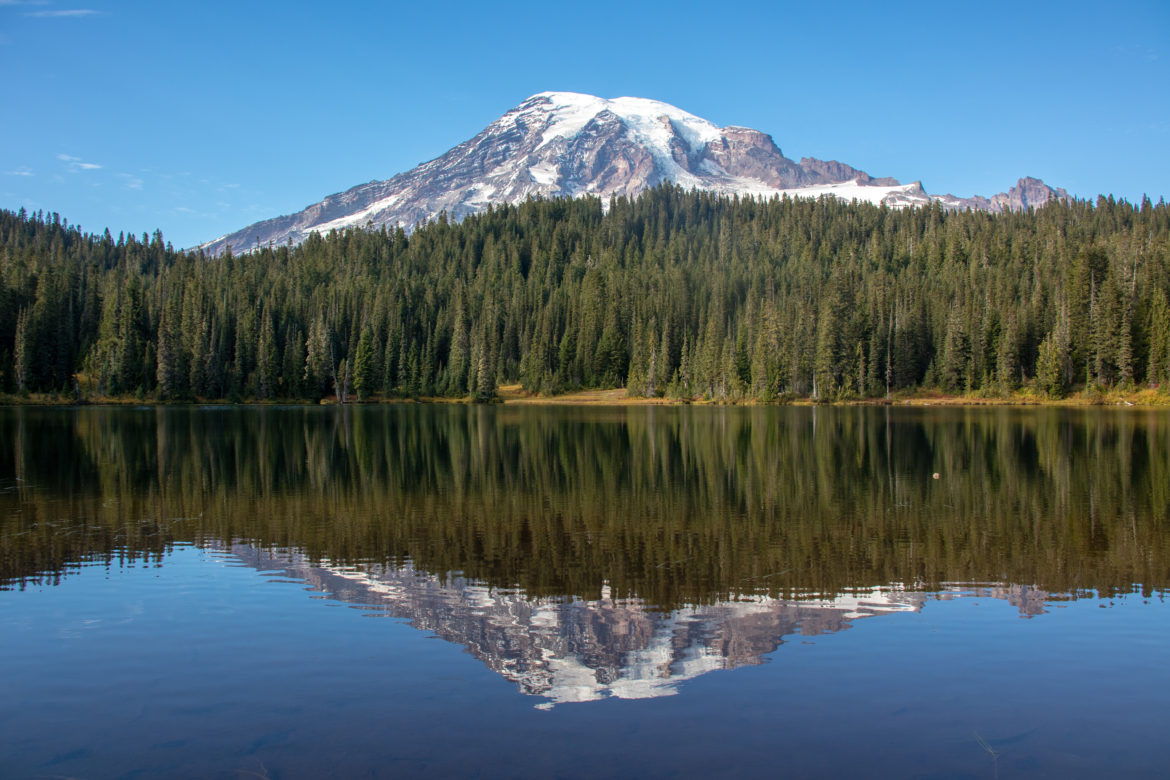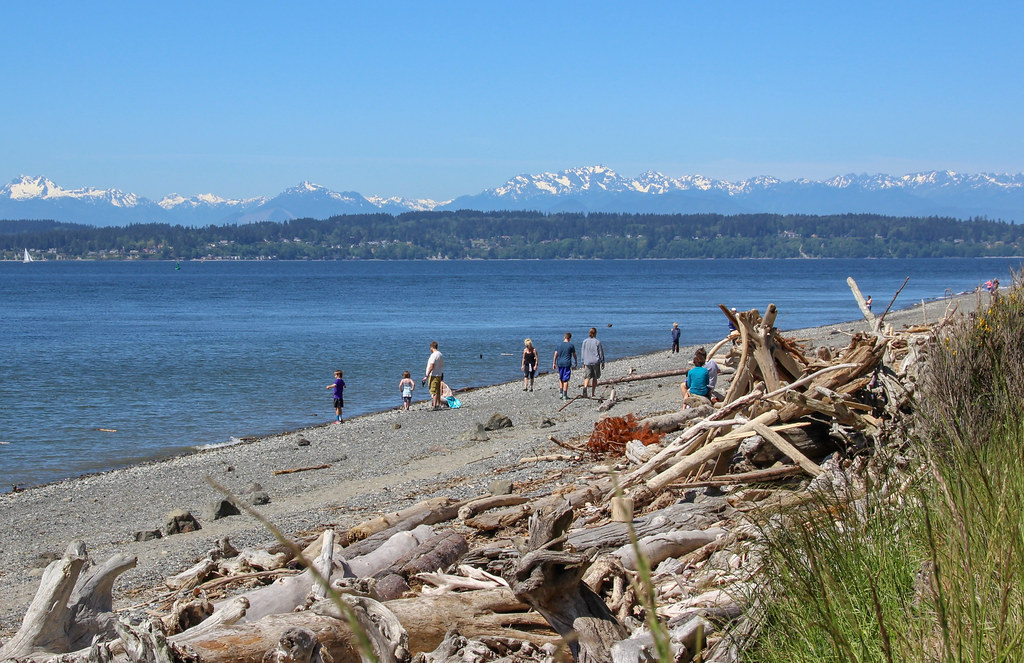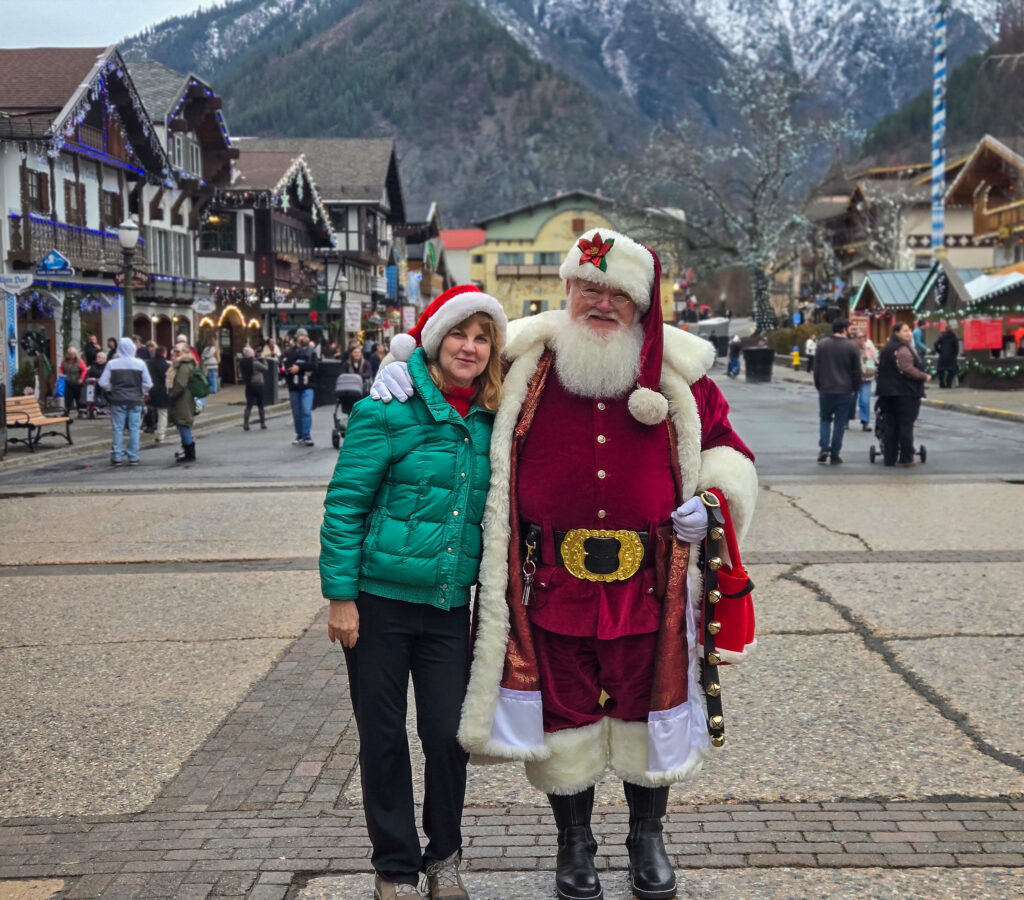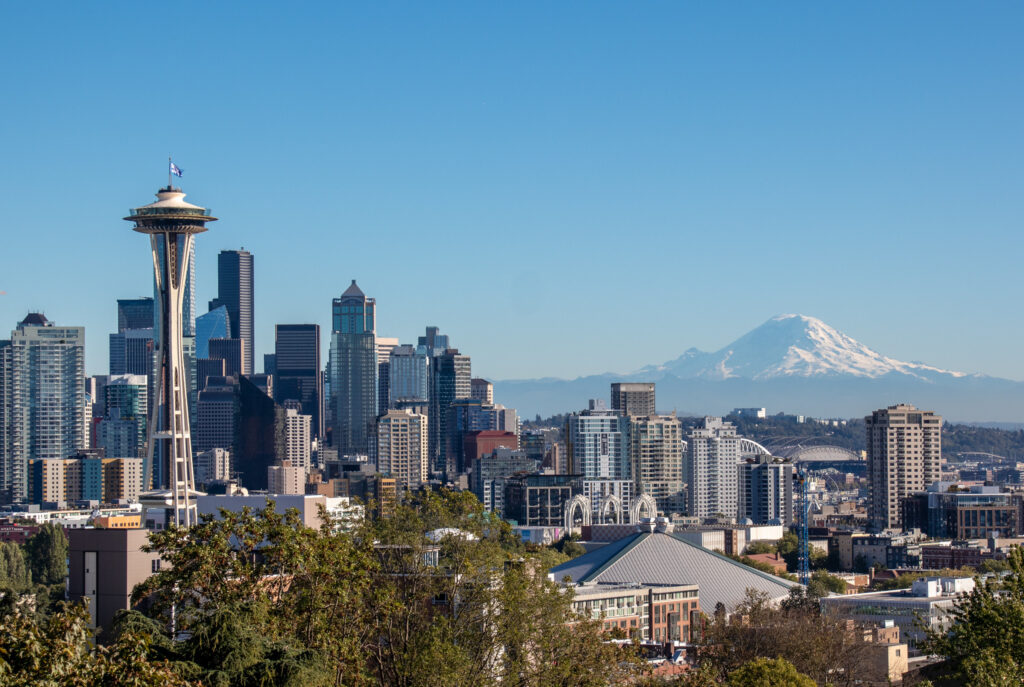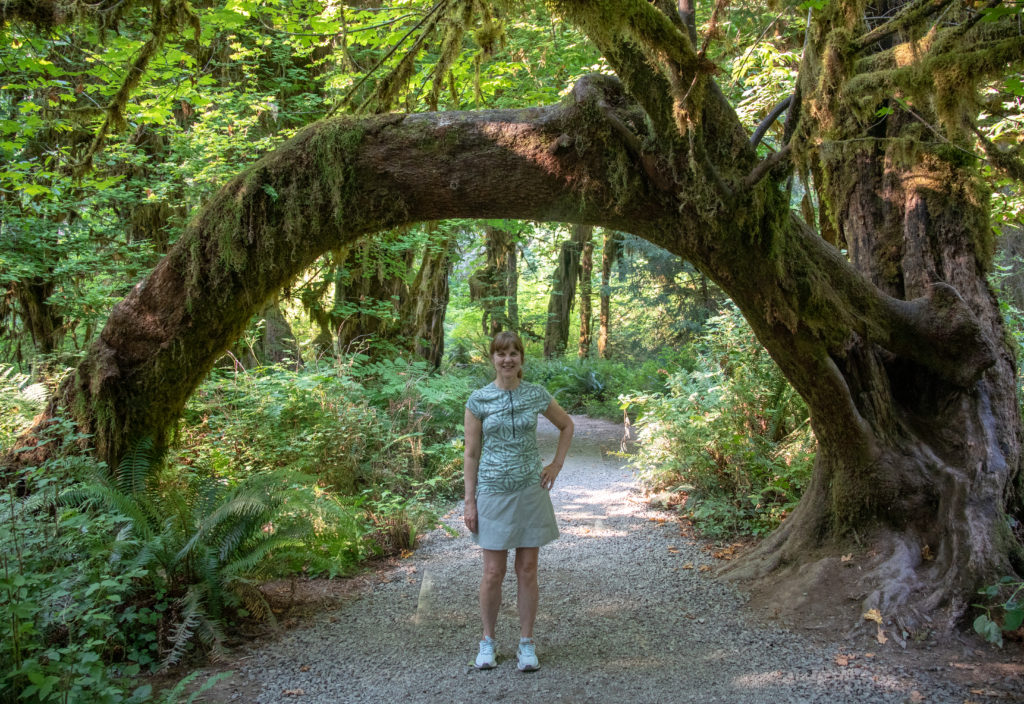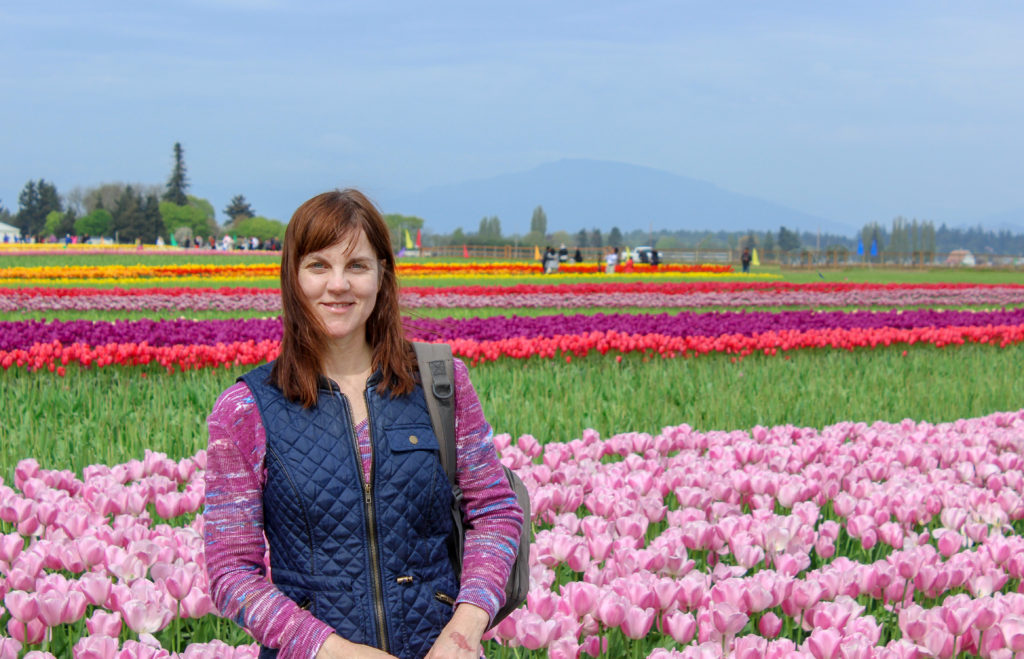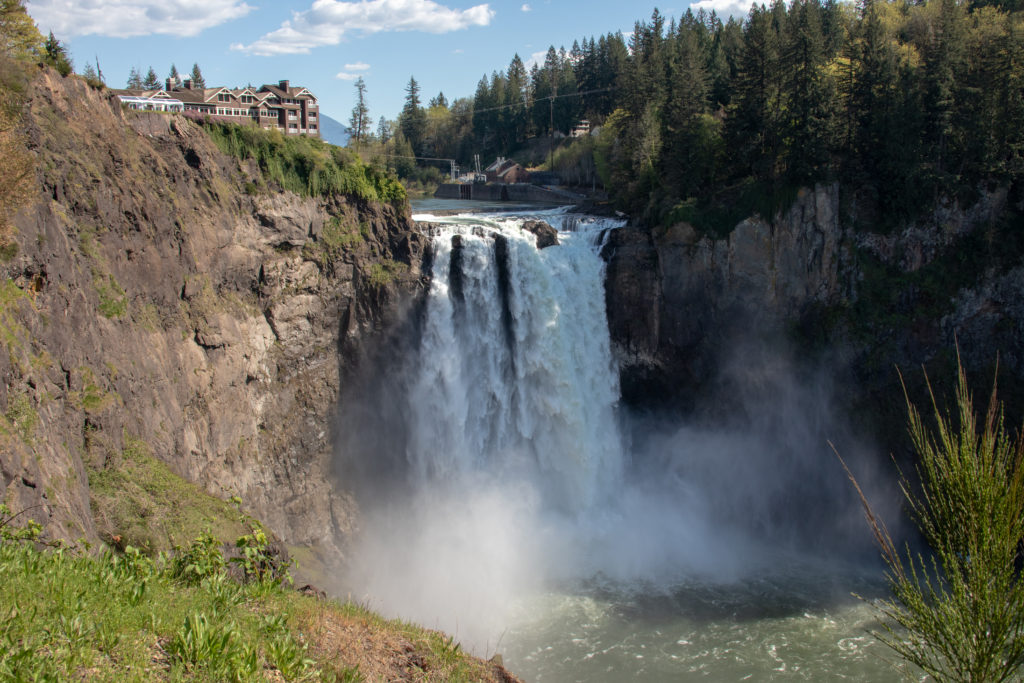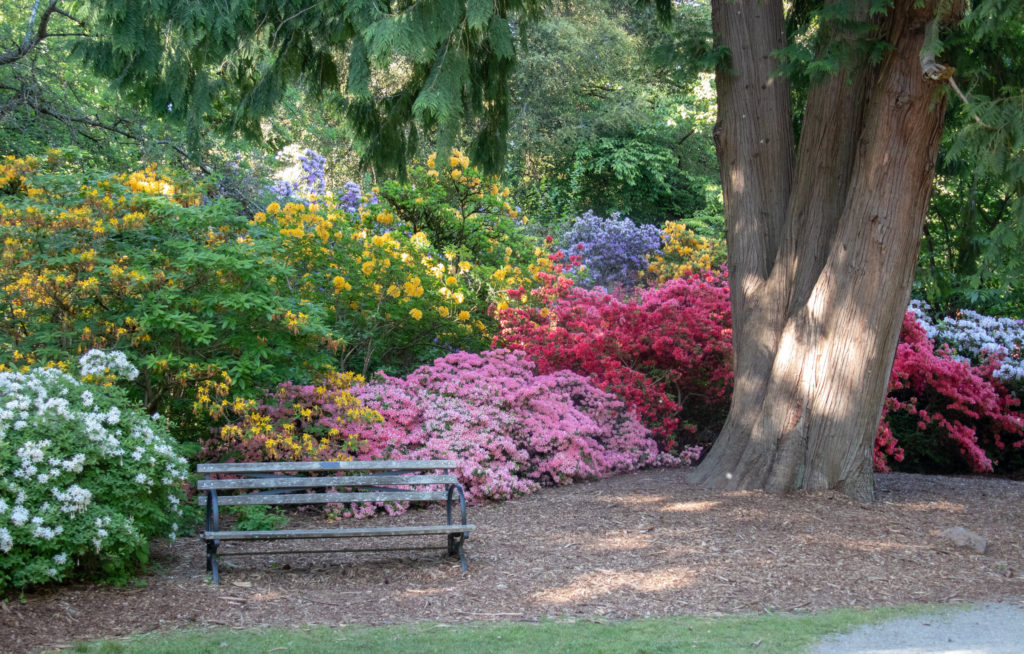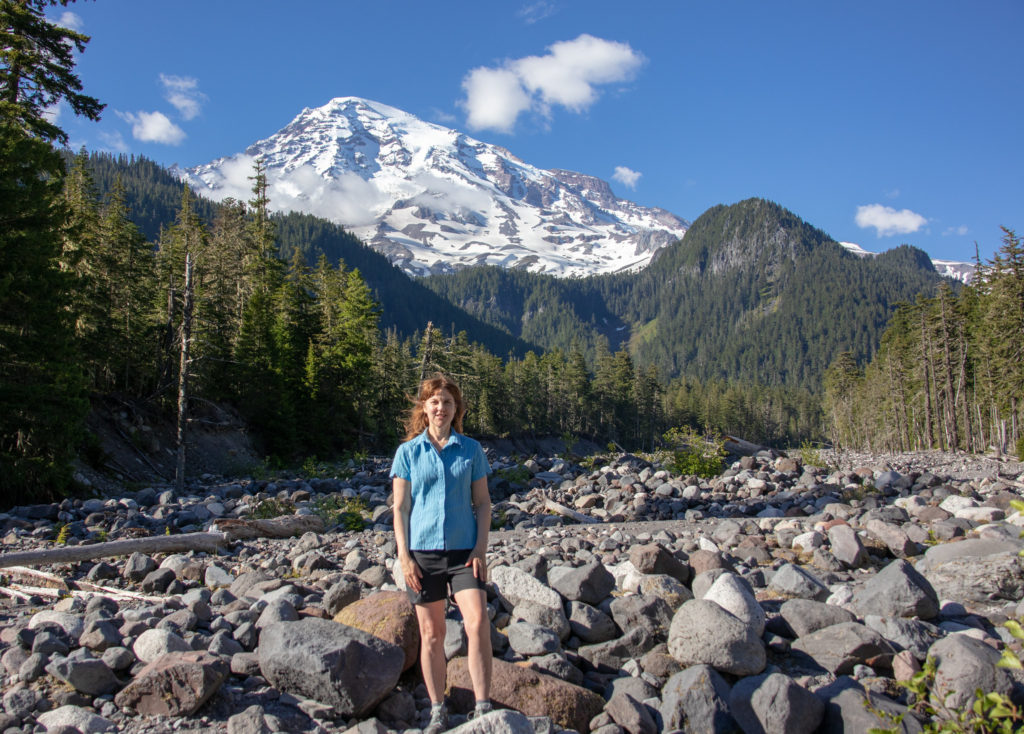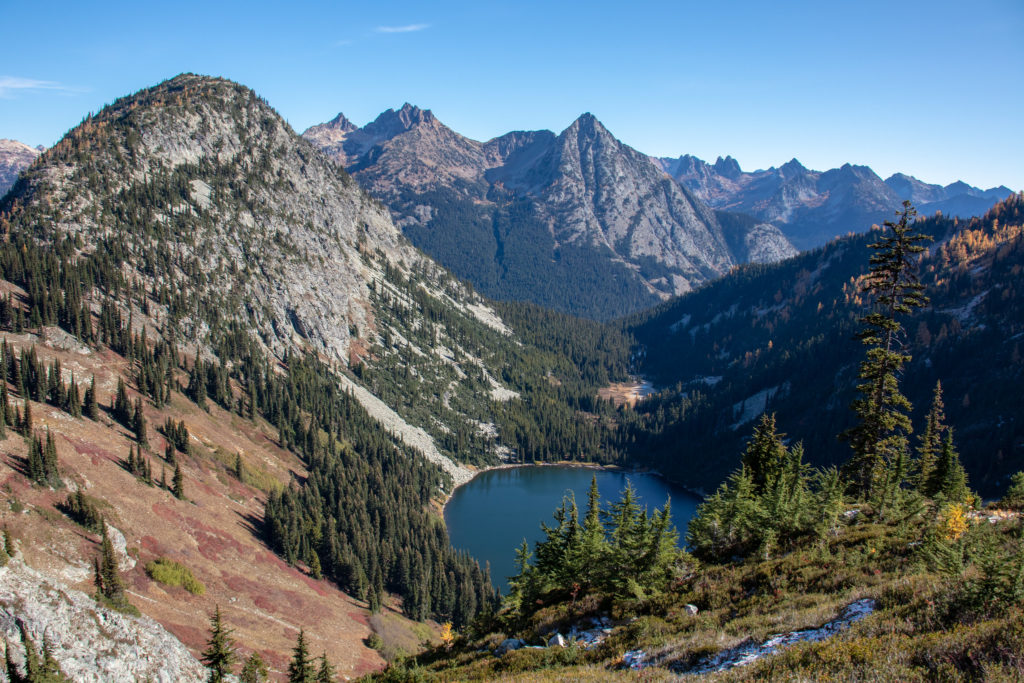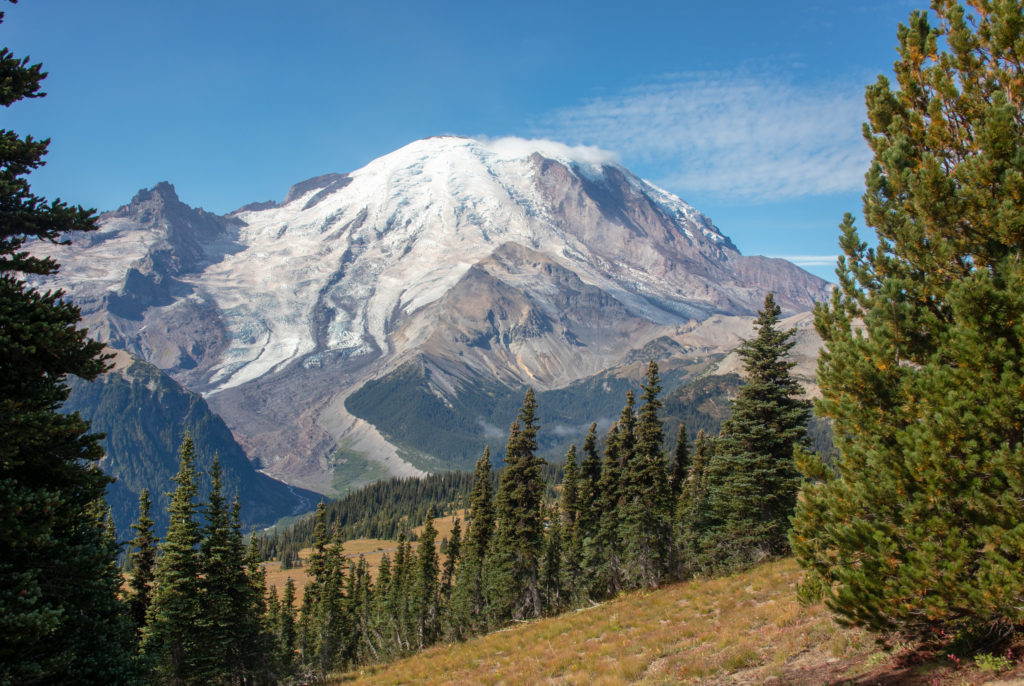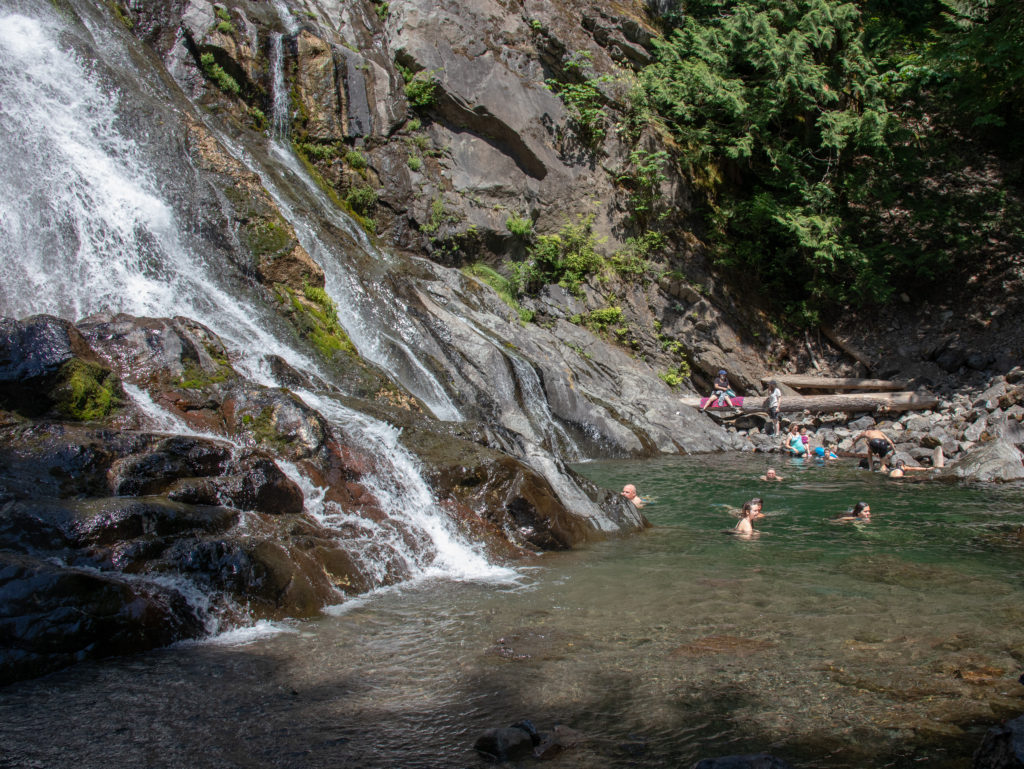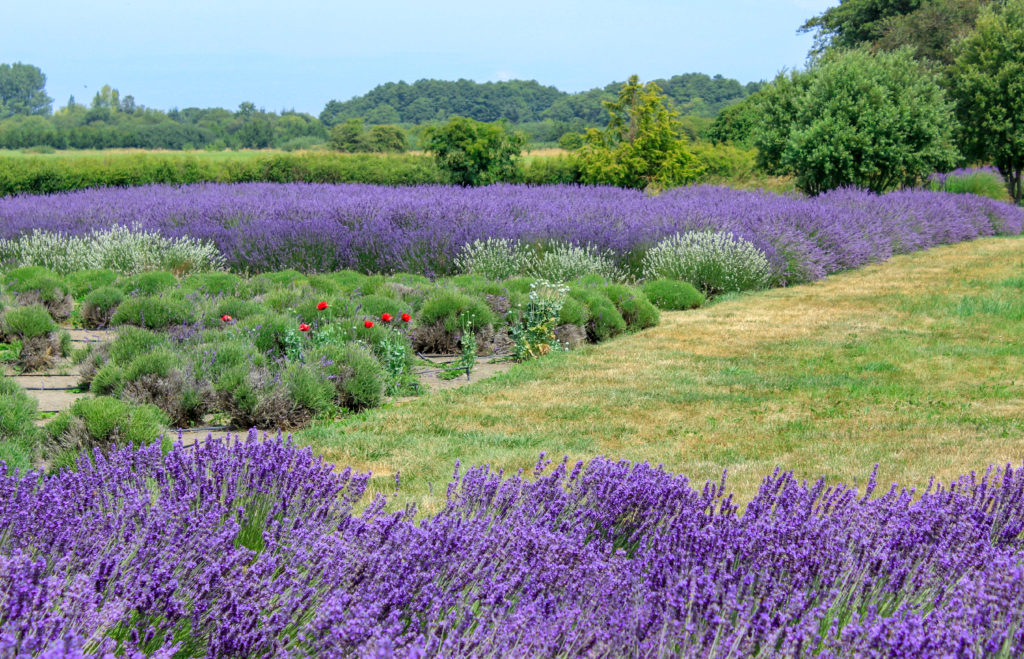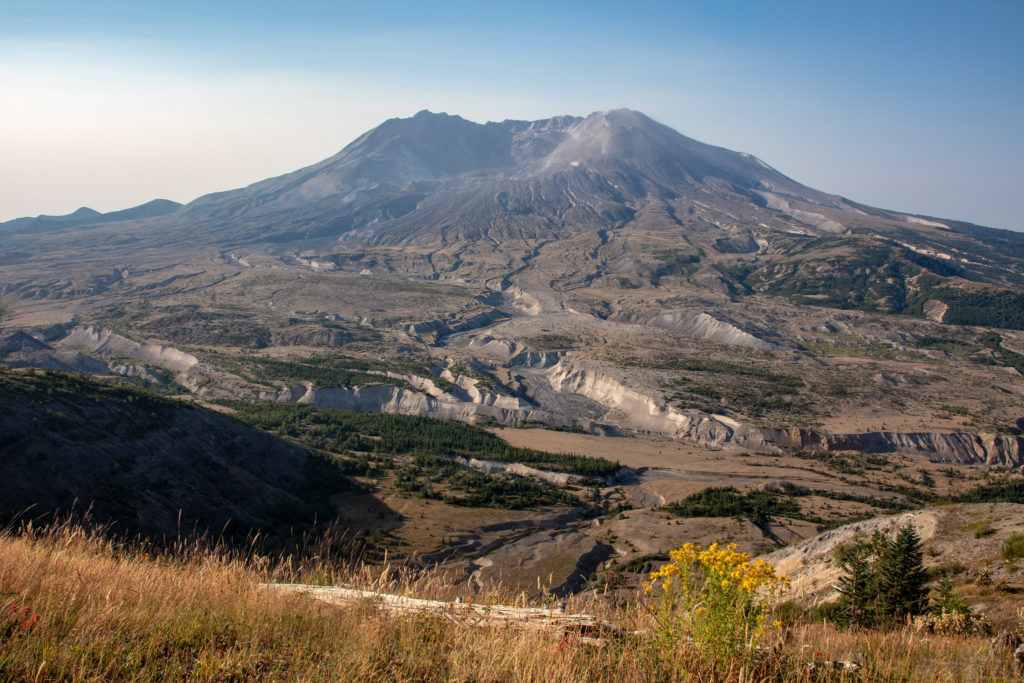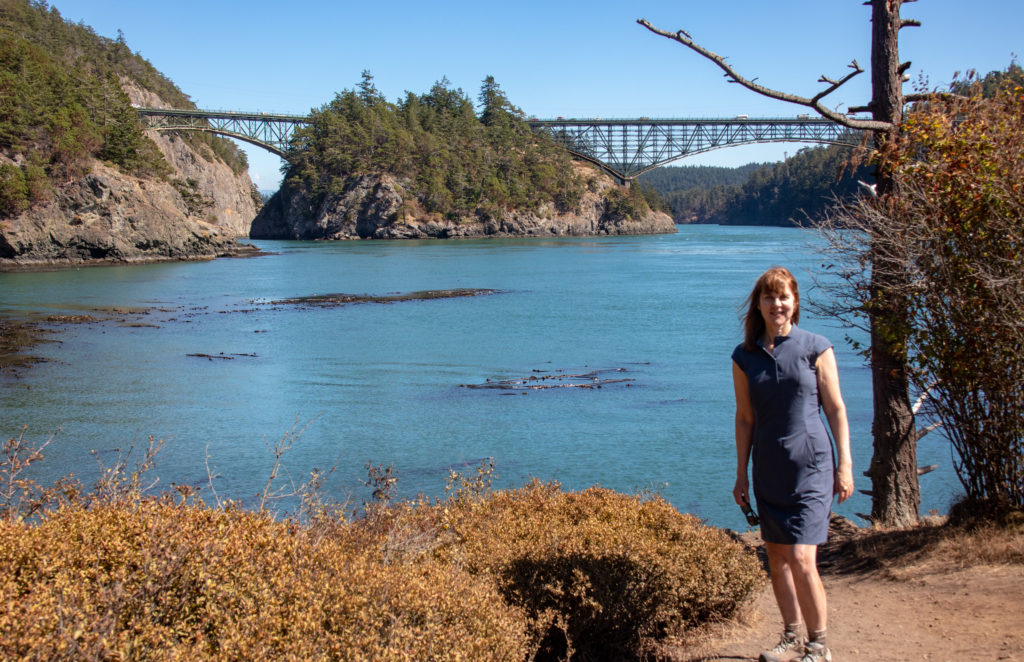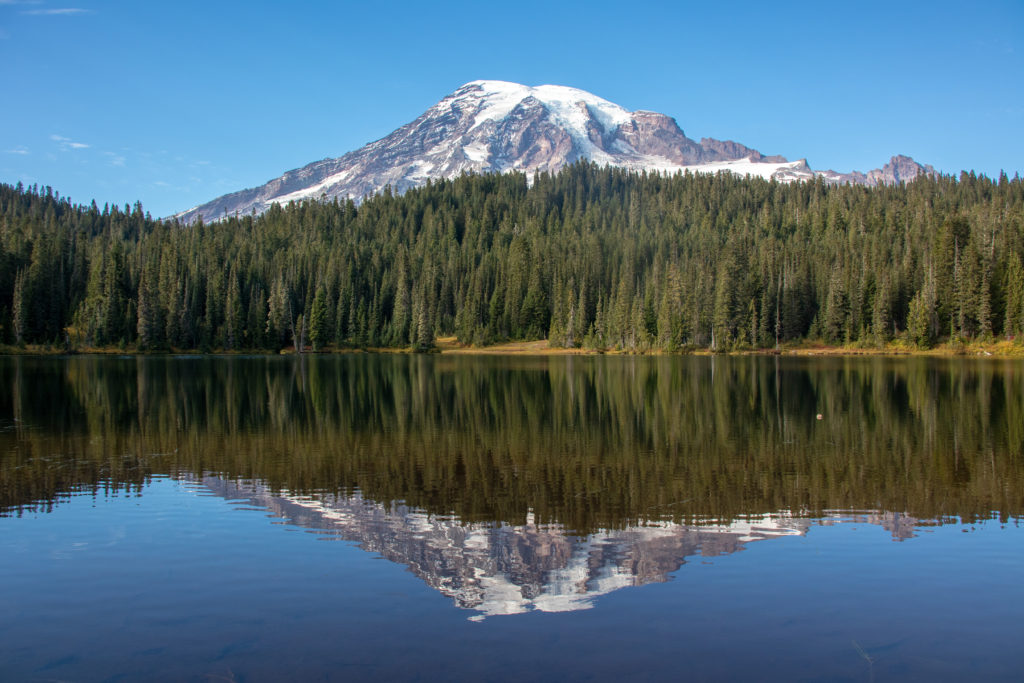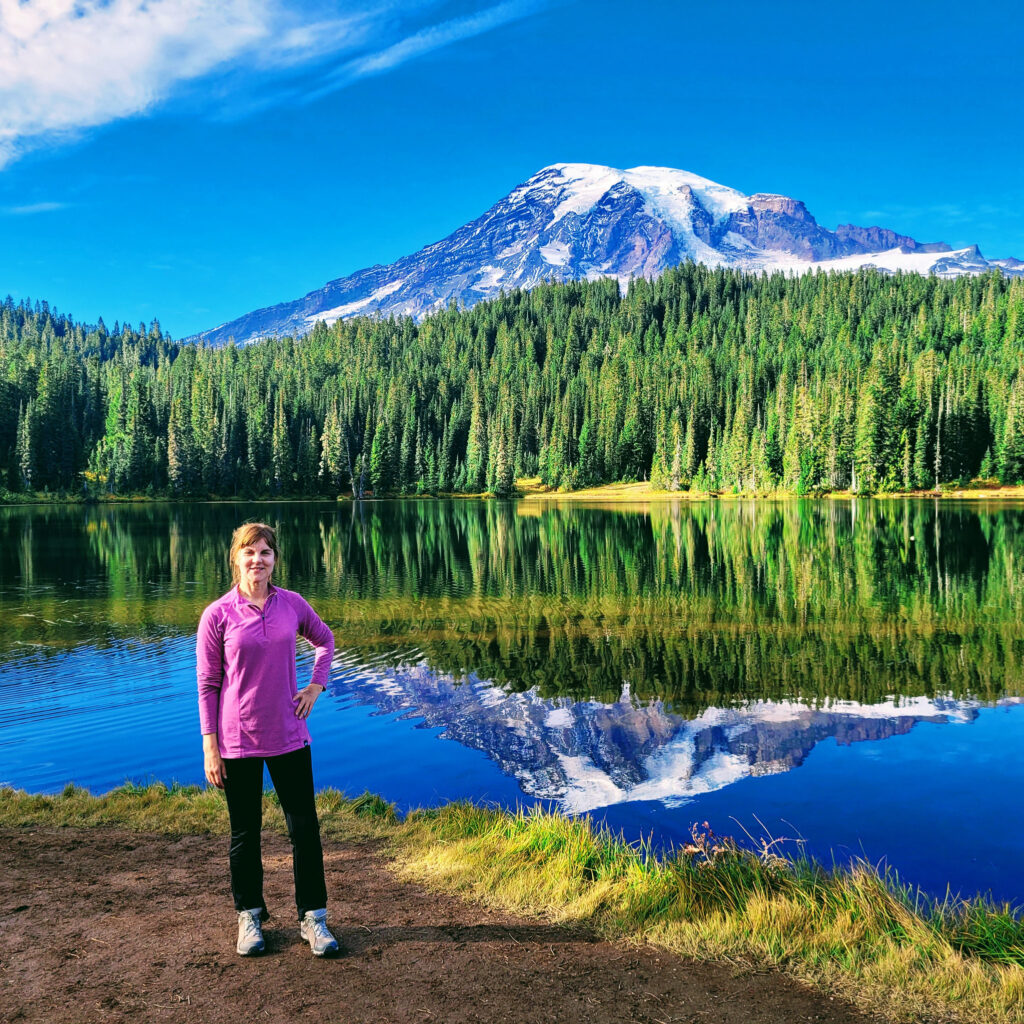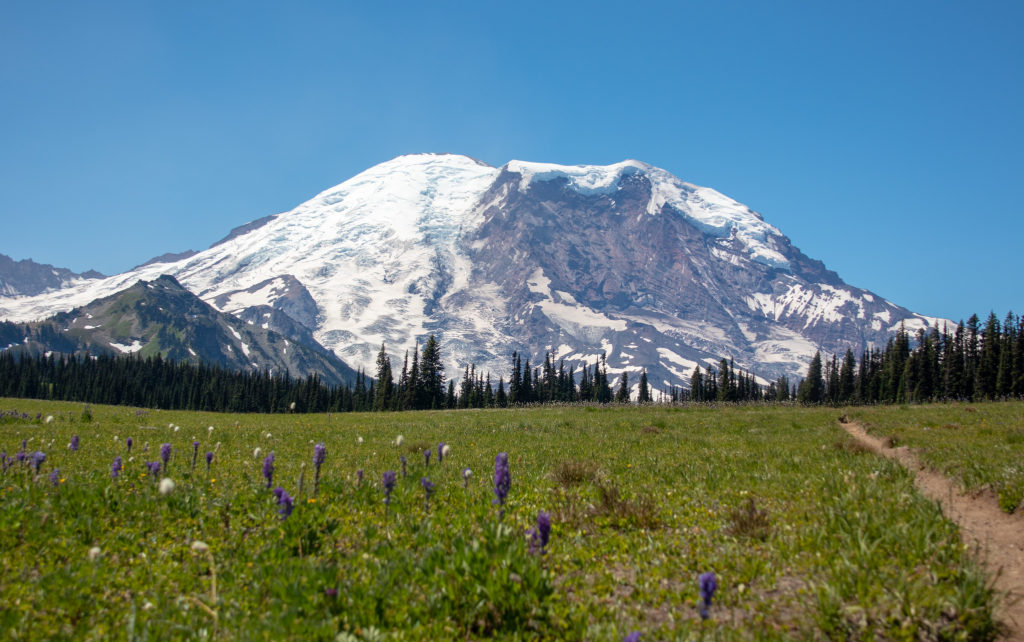About Washington State
Washington state in the Pacific Northwest of the U.S. is a gem, with some of the most incredible biodiversity in the world. From the dramatic shifts in landscapes and climates, various ecosystems abound here. For example, they include temperate rainforests, Pacific Ocean coast and Puget Sound, volcanoes, alpine meadows and even high deserts. Plus, the Seattle metropolitan area offers world-class modern cultural hotspots. Being a Seattleite for more than 20 years, I published the practical and informative Washington State Travel Guides below.
Overall, there are 64 named mountain ranges in the state, with the most well-known being the Olympics on the peninsula and Cascades, just east of Puget Sound. Also, there are 5 active volcanoes are in the Cascades. These are Mount Rainier, Mount Adams, Mount Saint Helens (major eruption in 1980), Mount Baker and Glacier Peak. Mount Rainier is the highest mountain in the state at 14, 410 ft.
Puget Sound is a Pacific Ocean inlet and estuary, emptying out in the Strait of Juan de Fuca bordering B.C., Canada. It offers awesome biodiversity in flora and fauna and recreational activities, such as, camping, kayaking, fishing and boating. Popular areas include the San Juan Islands and Deception Pass State Park to name a few.
3 Main Regions and Climates
Olympic Peninsula, Pacific Coast and Puget Sound Islands. This is the wettest area in the Lower 48 of the U.S. with temperate rainforests. It receives ups to 160 inches of rain per year.
West of the Cascade Mountain Range (East of Puget Sound). This is the most populated area of the state, including the Seattle metropolitan area. Weather patterns here are mild and moist with a marine layer off the Pacific Ocean. This brings an annual rainfall of about 39 inches/year. The rain falls mostly in autumn, winter and spring. Summer months are the driest with more days of sunshine. Temperatures range from about the 40-50’s in the winter and 80-90’s in summer.
East of the Cascade Mountain Range. The rainshadow effect from the Cascade Range causes a semi-arid climate east of the mountains. The weather patterns are more extreme than west of the Cascades. So, there is snow in the winter and summers are hot.
Three Amazing National Parks
Washington State Travel Guides
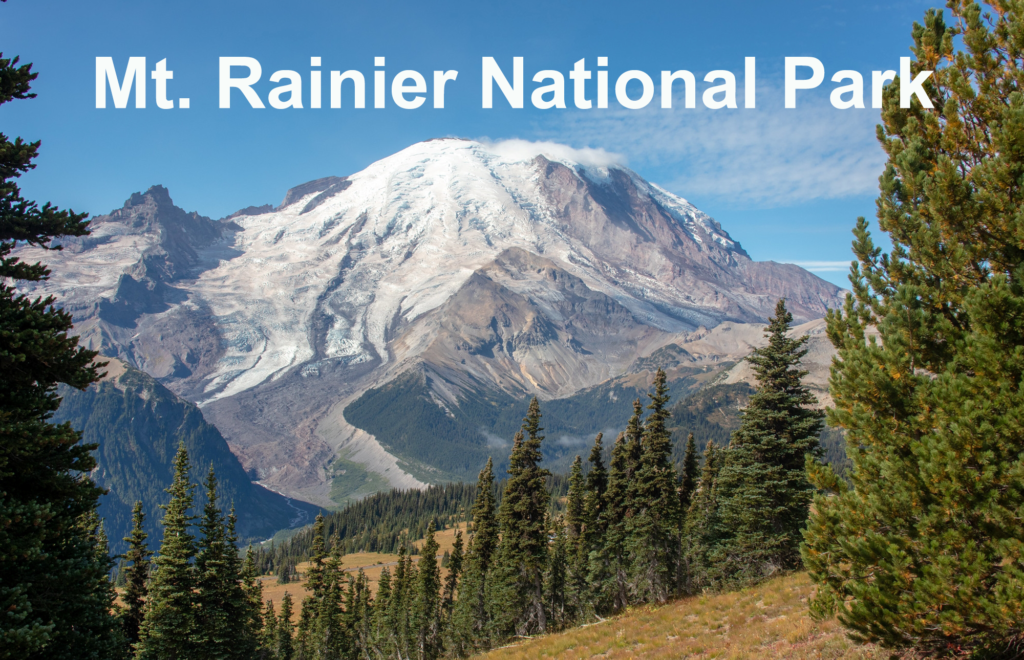
This is the location of the state’s highest mountain, Mount Rainier looming at 14, 410 ft in the Cascades. It offers numerous places to camp and hike in the warmer months and snowshoe in the winter. Summer months are super busy, especially weekends. So, consider off-season or weekday visits.
Related: Ultimate Guide to Mt Rainier National Park
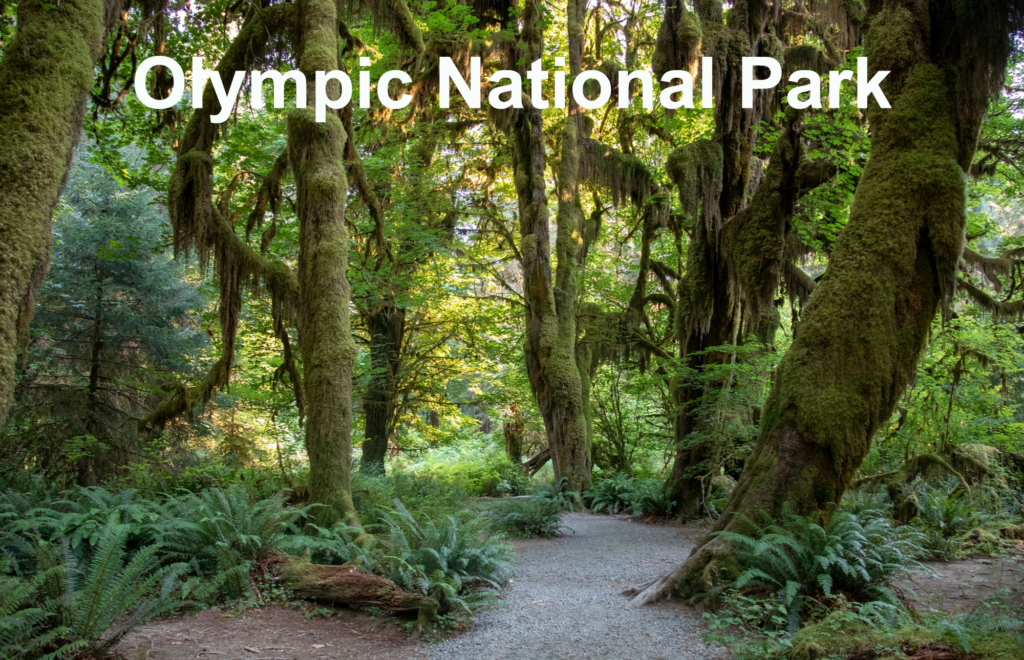
On the Olympic Peninsula, this area includes the Pacific Coastline, Olympic Mountains and 2 of the largest temperate rainforests in Lower 48, the Hoh and Quinault. There are numerous places to camp and hike in the warmer months. Summer months are busy, so consider off-season.
Related: Olympic Coast Guide, Beaches & Hoh Rainforest
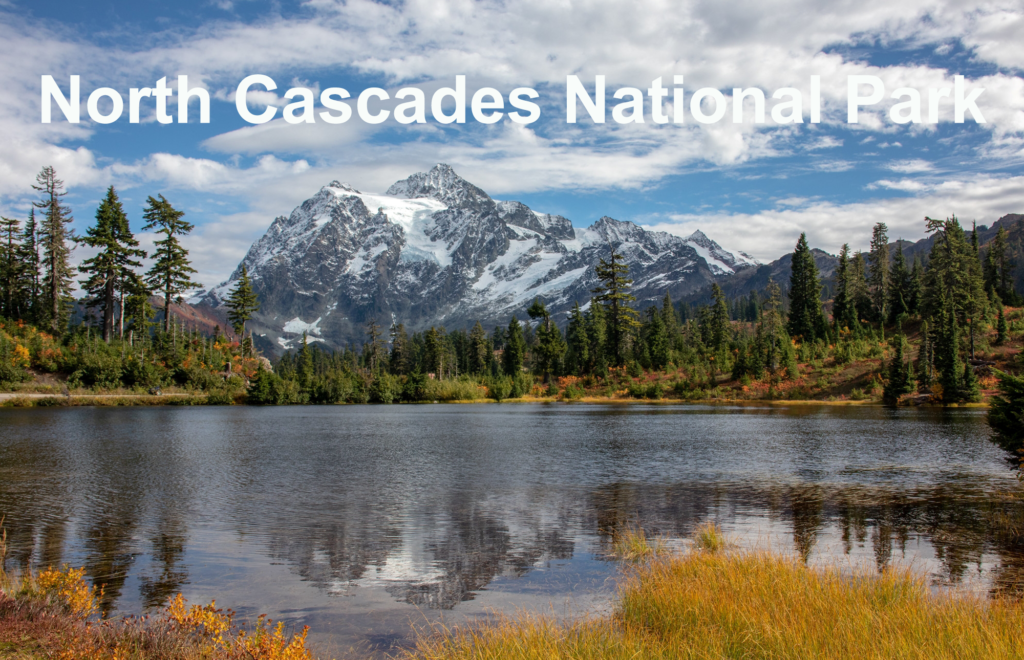
This dramatic part of the Cascades includes the active volcano Mount Baker at 10, 781 ft. It is the least visited of Washington’s parks, but still stunning. It’s known for incredible hiking trails. Also, it has North Cascades Highway, one of Washington State’s most scenic drives.
Related: 20 Amazing, Must-Do Hiking Trails in Washington state
Washington State Travel Guides
Winter Getaway Guide to Leavenworth, Washington, Christmastown USA
Did you know that one of the best Christmas towns in the U.S. is in Washington state? Nestled in the…
30 Must-See Places in Seattle, Washington from a Local
As a Seattleite that has travelled to 100+ countries, I still say Seattle is among the most interesting cities in…
Amazing 2-Day Olympic Coast Guide near Forks, WA at Beaches and Hoh Rainforest
The Washington coast is a unique blend of ruggedly beautiful beaches and lush rainforests. Where else can you find in…
Washington’s Spectacular Skagit Valley Tulip Festival Highlights
It’s wonderful to know as an American, that you don’t need to go all the way to Holland for colorful…
Snoqualmie Falls Getaway: A Wonderful Seattle Day Trip
Just a half hour east of Seattle is one of the most popular tourist destinations in the Pacific Northwest. The…
Ten Best Botanical Gardens in Seattle, the “Emerald City”
The “Emerald City” is known for its lush landscapes and colorful gardens. All that rain is good for something, especially…
Camping and Hiking Tips for Mt. Rainier National Park in Spring / Early Summer
What a better way to kick off the summer season than at the incredible Mount Rainier National Park! Last year…
20 Amazing, Must-Do Hiking Trails in Washington State
Washington state is an absolute paradise regarding its hiking trails immersed in diverse ecosystems and landscapes. They offer lush, old-growth…
Top 10 Spectacular Hiking Trails at Mt. Rainier National Park
The best way to experiencing Mt. Rainier up close and personal is through hiking. Mount Rainier National Park maintains more…
Incredible Dosewallips State Park Camping and Hiking Trails in Washington
As the eastern Gateway to the Olympic Peninsula, Dosewallips State Park highlights the diverse ecosystems of Washington state. Home to…
A Fabulous Day at Sequim, WA’s Lavender Festival and Dungeness Spit
How wonderful as an American that we don’t need to travel all the way to France for splendid purple fields…
Mt. St. Helens Scenic Daytrip Itinerary in Washington State
The volcanic eruption of Mt St Helens in 1980 became the most devastating in U.S. history. A Mt St Helens…
Five Top Hiking Trails at Deception Pass State Park
Where else can you find pristine islands, beaches and coves along with old-growth forests? Deception Pass is the most visited…
Ultimate Guide to Mount Rainier National Park: All You Need to Know
The breathtaking wonder of Mount Rainier National Park is truly unique. It’s majestic centerpiece, Mt. Rainier, is the tallest mountain…
Ten Best Things to Do at Mt Rainier National Park
Mount Rainier is one of the most awe-inspiring mountains that I have ever seen. Being a Seattleite, I’ve mused at…
Mt. Rainier’s Awesome Grand Park Trail Guide via Lake Eleanor
Perched on a plateau at 5600 feet, Grand Park Trail takes you through grassy meadowlands and wildflowers, with the epic…

